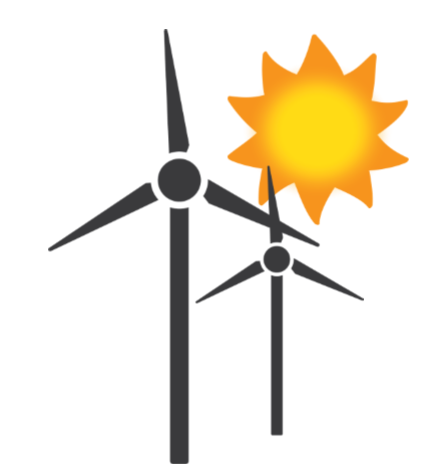Oregon's Renewable Portfolio Standard requires each electric utility to obtain at least 5 percent of the electricity they provide to Oregonians from qualifying renewable resources.

Oregon's Renewable Portfolio Standard incentivizes the use of new renewable resources like wind and solar over fossil fuel resources like coal and natural gas. The original RPS was adopted in 2007 with the passage of
Oregon Senate Bill 838. Starting in 2011, SB 838 required “large" utilities like PacifiCorp and Portland General Electric Company to obtain at least 5 percent of their electricity from qualifying renewable resources. The percentage obligation increases over time and was initially set to reach 25 percent by 2025. In March 2016, the passage of
Oregon Senate Bill 1547 increased the RPS requirement for “large" investor-owned utilities to at least 27 percent in 2025 and ultimately at least 50 percent by 2040. SB 1547 did not change the requirement for “large" consumer-owned utilities like the Eugene Water & Electric Board to obtain at least 25 percent of their electricity from qualifying renewable resources by 2025. “Small" utilities must obtain at least 5 percent of their electricity from qualifying renewable resources starting in 2025.
Tracking Oregon's RPS Goals
The Oregon Department of Energy tracks Oregon's RPS goals. We certify facilities that generate power from RPS-eligible renewable energy resources, and provide technical expertise to utilities and electricity service suppliers to help ensure we reach our RPS goals.
The Western Renewable Energy Generation Information System (
WREGIS ) issues Renewable Energy Certificates (RECs) for the Oregon-certified energy facilities. Utilities, electricity service suppliers, or facility owners
register their renewable energy-generating facilities in
WREGIS so they can be issued RECs. Facilities receive one REC for one megawatt-hour (MWh) of qualifying renewable energy they deliver to the grid. See Oregon's
Administrative Rules for more information.
Utilities and electricity service suppliers obtain and then retire these RECs to demonstrate compliance with the RPS.
Those subject to RPS requirements must report on their compliance annually. Investor-owned utilities and electricity service suppliers submit annual compliance reports to the Oregon Public Utility Commission. Consumer-owned utilities report compliance to their customers, boards, or members.
Qualifying Renewable Resources
RECs are issued for the generation of qualifying renewable power using:
- Wind energy
- Solar photovoltaic and solar thermal energy
- Wave, tidal, and ocean thermal energy
- Geothermal energy
- Certain biomass products, including woody biomass and animal manure
- Landfill gas and other biogases
- Small hydropower
- Thermal energy
Hydropower facilities make up a large and important part of Oregon's electricity resource mix — providing roughly 40 percent of the state's electricity. In some Oregon utility territories, hydropower provides more than 90 percent of consumers' electricity.
Most of this hydropower — from dams built decades ago — is not eligible for credit toward the state's Renewable Portfolio Standard, which was created to encourage the development of new renewable electricity resources. However, the RPS can include two types of electricity from these older but still critical hydro facilities: generation attributable to efficiency upgrades made at existing hydropower facilities after 1995 is eligible, as is generation from an existing facility if it became certified as a low-impact hydroelectric facility after 1995. Additionally, a utility's obligation under the RPS can potentially be reduced by the amount of hydropower they receive.